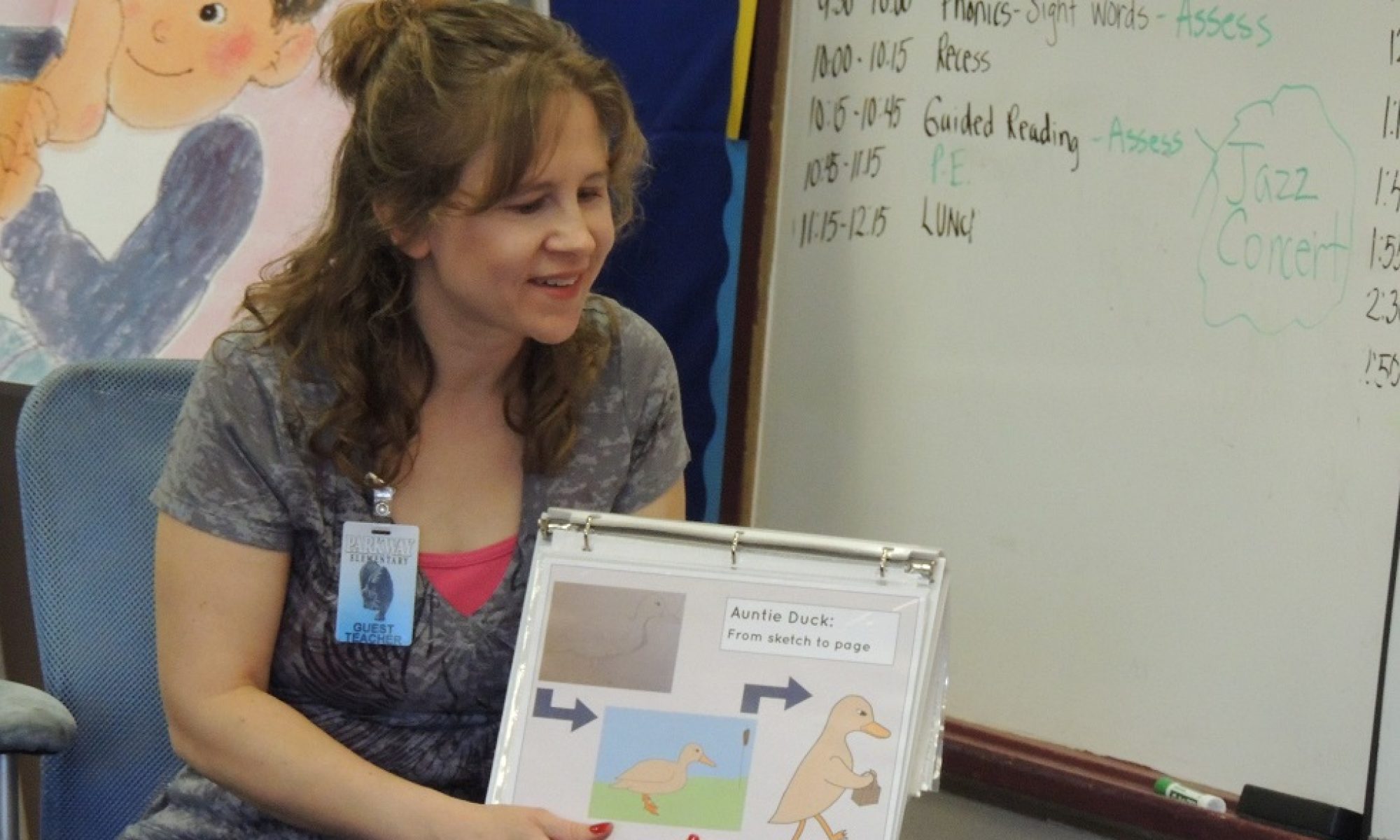A friend who is interested in writing recently asked how I got started as an author. I created a list of seven of the most important steps to start writing–and a few things to ignore for a while.
- Decide you want to write. I know this sounds silly, but it’s important. Decide that writing is truly what you want to do, then commit yourself to doing it—no matter what.
- Limit your other responsibilities. Writing takes time and consistency. Limiting your other responsibilities and involvements will help you carve out the time and energy to write.
- Find a place to write, and create a routine. Where are you comfortable writing? At a desk, at the kitchen table, on the couch? At a coffee shop? At the library? It may not have to be the same place every time (though that helps to begin with). The important thing is to find a place you can start writing and to begin a writing routine.
- Just write. Get a pencil and paper (or your computer), and start writing. The best place to start is where you are now. Do you have an idea of what you want to write? Or so many ideas you can’t focus on one? Or no ideas at all? Write it down! Are you working through fears or questions? Write those down and work through them. You have to start where you are to get to wherever you’ll end up in writing.
- Learn more about the craft of writing. If you know what type of writing you’re interested in—fiction, nonfiction, what genre(s), who your audience will be—start there. There are lots of great books about writing, many of which may be available at your local library. You can also search the web and find a myriad of resources for any subject or question you may have about writing. Some books I have found particularly helpful as a fiction writer are Bird by Bird by Anne Lamott, Writer’s Market (which comes out every year and has information on where to submit work for publication, as well as writing tips), and Writing Fiction for Dummies by Randy Ingermanson (which is broken down into sections, making it easy to find answers to specific questions you may have).
- Join a writing critique group. This is one of the best things I did! The group provides encouragement, positive feedback and constructive criticism, and accountability to keep writing. You could ask a local librarian if they know of writing critique groups in the area, or ask other writers you may know.
- Read, read, read! Read books you love. Read classics. Read books that are like the book you want to write. Read books that are like books you think you may want to write. Read best-selling books from the publishersweekly.com website.
Writing isn’t easy, but it can be simple if you take it step by step. You’ll hear about plenty of other things to work on in writing—such as voice, platform, blogging, agents and editors, publishing and self-publishing, etc.—but don’t worry about any of those yet. They would distract you from where your focus needs to be at this point; and believe me, these first seven steps are plenty to begin with!
Best of luck on your writing journey,
Bernice


